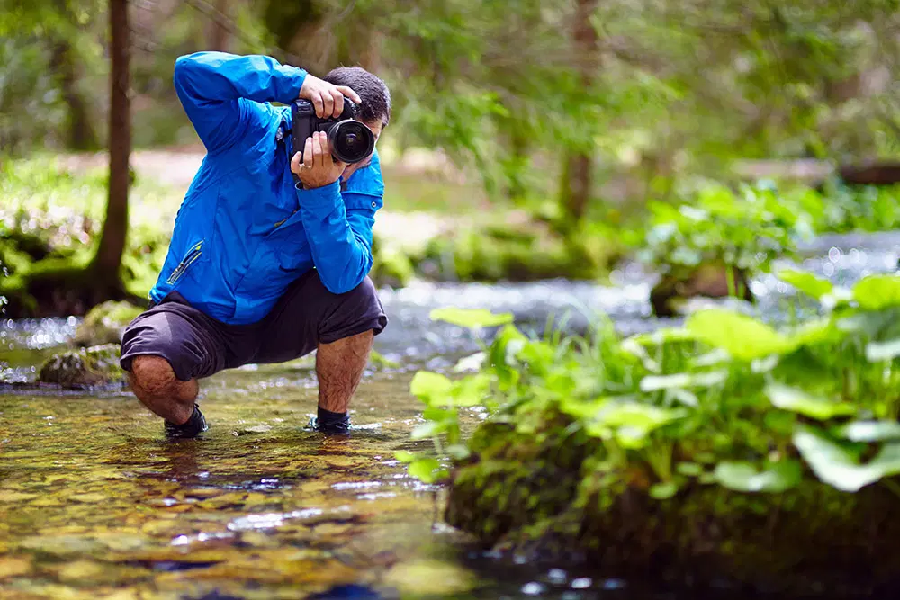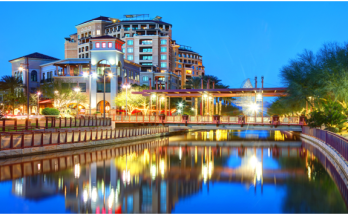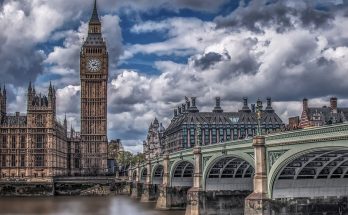Whether you are fully equipped with the latest digital photography gear or simply have your mobile phone holstered and ready to snap, taking photographs of nature is a wonderful hobby. The reward of a great photo can be immense, helping to capture the awe of a landscape or the beauty of a momentary interaction with wildlife, allowing you to not only share the experience with others but also maintain the memory of being there.
However, those who have attempted to capture nature’s beauty will know that it isn’t always straightforward. In fact, especially when shooting without highly specialised equipment, nature photography can be challenging to do well, leaving photos feeling low-quality.
To show you how your visuals can be improved and to help those better capture the wild with nothing more than an iPhone, we have five great tips for taking better photos in nature.
Lighting
High-quality nature photography is built on the foundation of lighting. With the right sunlight, such as that which shines through the trees on an early morning, even quick snaps can look phenomenal. On the other hand, photographs taken during a grey day or under a natural canopy are unlikely to leap from the screen.
This is why many nature photographers will only venture out during what are regarded as the ‘golden hours’, those when the sun is closer to the horizon, giving a better illumination to work with.
Know Your Depth
Whether you are capturing a stunning flower or a distant hill, pulling the right focus is key. Even modest smartphones are now likely to be equipped with the ability to change what is known as the depth of field. By having control over this feature, photographers can choose which layer of the landscape, or which object, they want to give the spotlight to.
Different Perspectives
One of the common issues surrounding nature photography is that the perspective is uninspired. Images of the sea, for example, are common and can, as such, be somewhat boring. A creative approach to perspective, however, can change this. Adding a camera to a paddleboard and getting onto the water can entirely change how the shore and sea are presented, opening up a new way of capturing a familiar scene.
Learn The Landscape
Being able to read nature, whether the identity of a mushroom or the history of a mountain, can make a significant difference in the quality of the images captured. This is because photographers with knowledge of the landscape are able to better capture the important elements of nature, giving their images meaning.
Image Type
Those who head into nature without knowing the difference between a RAW file and a JPEG are likely to find themselves with low-quality images at the end of their trip. While some of these may be suitable for Instagram feeds, capturing nature requires a great deal of pixel information, giving the photographer more to work with when editing. As such, it is crucial that photographs are captured and saved with optimum quality formats, such as RAW.



